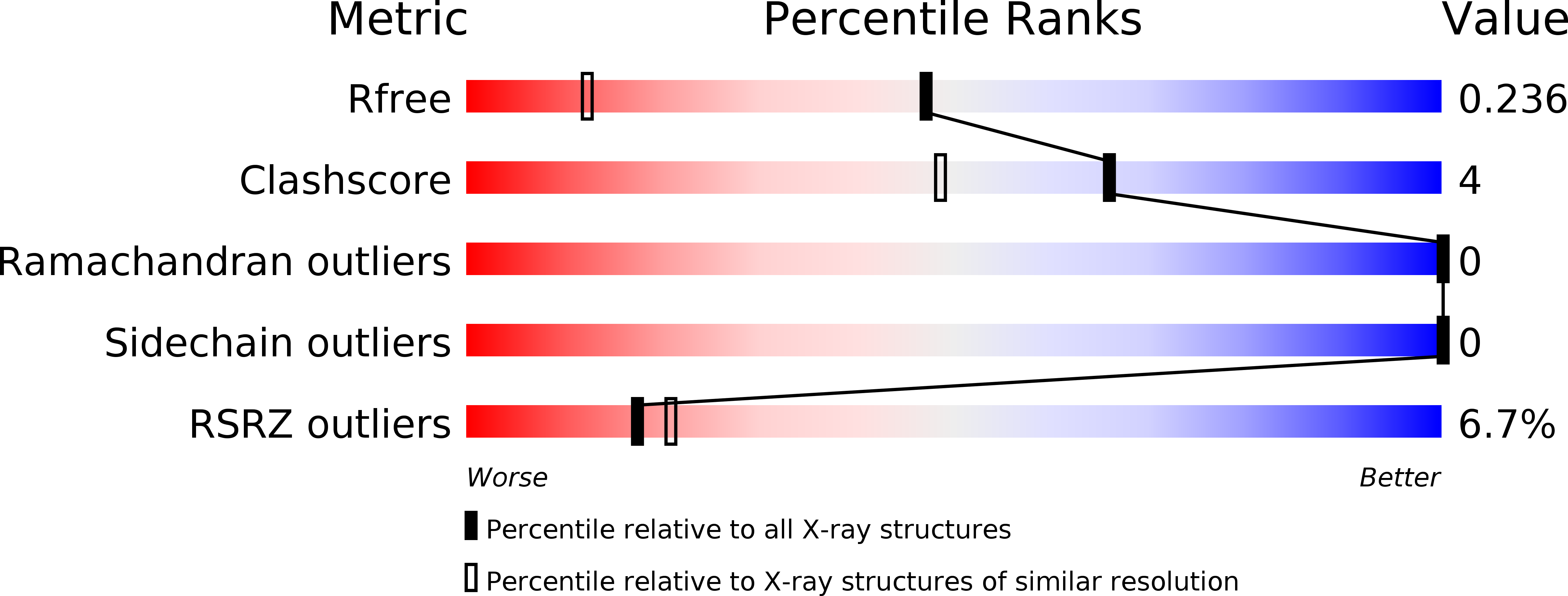Abstact
The ubiquitin-like (Ubl) system has been shown to be ubiquitous in all three kingdoms of life following the very recent characterization of ubiquitin-like small archaeal modifier proteins (SAMP1 and 2) from Haloferax volcanii. The ubiquitin (Ub) and Ubl molecules in eukaryotes have been studied extensively and their cellular functions are well established. Biochemical and structural data pertaining to prokaryotic Ubl protein (Pup) continue to be reported. In contrast to eukaryotes and prokaryotes, no structural information on the archaeal Ubl molecule is available. Here we determined the crystal structure of SAMP1 at 1.55Å resolution and generated a model of SAMP2. These were then compared with other Ubl molecules from eukaryotes as well as prokaryotes. The structure of SAMP1 shows a β-grasp fold of Ub, suggesting that the archaeal Ubl molecule is more closely related to eukaryotic Ub and Ubls than to its prokaryotic counterpart. The current structure identifies the location of critical elements such a single lysine residue (Lys4), C-terminal di-glycine motif, hydrophobic patches near leucine 60, and uniquely inserted α-helical segments (α1 and α3) in SAMP1. Based on the structure of SAMP1, several Ub-like features of SAMPs such as poly-SAMPylation and non-covalent interactions have been proposed, which should provide the basis for further investigations concerning the molecular function of archaeal Ubls and the large super-family of β-grasp fold proteins in the archaeal kingdom.



